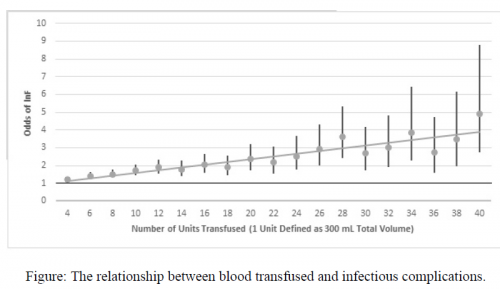In this two-part post, I’ll describe two ways to perform a pericardial window for trauma. The pericardial window should be considered in any trauma patient who has one of the following:
- A suspected diagnosis of pericardial tamponade. These patients do not yet have classic signs and symptoms. If they did, a thoracotomy or sternotomy is in order, not a window. But they do have a mechanism that could produce bleeding into the pericardial sac, and a positive imaging study. Typically, this study is a FAST exam of the heart. Occasionally, pericardial fluid may be seen on chest CT. This is uncommon but significant when detected.
- An injury in proximity to the heart that is of concern for cardiac injury with a negative or indeterminant FAST. These are typically penetrating injuries so close to the heart that it’s hard to believe it wasn’t injured. If the FAST is not helpful, a window will make the definitive diagnosis.
Pericardial window is a very invasive procedure. For trauma, it is usually performed in the operating room and requires general anesthesia. It could be performed in the ED if the patient is already intubated and sedated.
There are two ways to perform this procedure. Today, I’ll discuss the old-timey subxiphoid approach. The equipment required is minimal:
- Scalpel
- Tissue (Metzenbaum) scissors
- Once or two toothed forceps
- Your finger
- Good lighting
A 4-8 cm incision is made extending from the top of the xiphoid, extending about 4 cm down onto the abdominal midline. Enter the retrosternal space with your finger, and head to the heart. Usually, some fatty tissue must be bluntly dissected out of the way. Note: the heart is frequently further away than you think!
Sweep the fat out of the way, exposing the pericardium. Grasp the pericardium with the toothed forceps and tent it away from the heart. Use the Metzenbaum scissors to incise the pericardium immediately adjacent to the forceps. If this is difficult, then have an assistant grasp the pericardium with another pair so a short line of pericardium is elevated. (Note: sometimes having a second set of forceps in the incision makes it too difficult to see, which is why I prefer the single forceps technique).
Make sure that the wound is bloodless when you incise the pericardium! There is always at least a small amount of pericardial fluid that will squirt out, and you are looking at its color. If it is anything but amber, you have a positive result. If you have a bloody field that contaminates the fluid, a false positive diagnosis could occur leading to an unnecessary thoracotomy.
If the window is positive, cover the wound and head immediately to the OR if your’re not already there. Your patient has a cardiac injury until proven otherwise. If negative, then close the skin wound with your sutures / staples of choice. Do not attempt to close the tiny pericardial hole!
Here’s a video that shows the basic technique. The procedure depicted is being performed for non-trauma, so the operator takes his time. He has the luxury of dissecting and exposing the field well. But in trauma, we don’t usually have time to resect the xiphoid or take 10 minutes to dissect out the field.
In my next post, I’ll discuss the technique that is used if you already find yourself in the abdomen when a cardiac injury is suspected.


